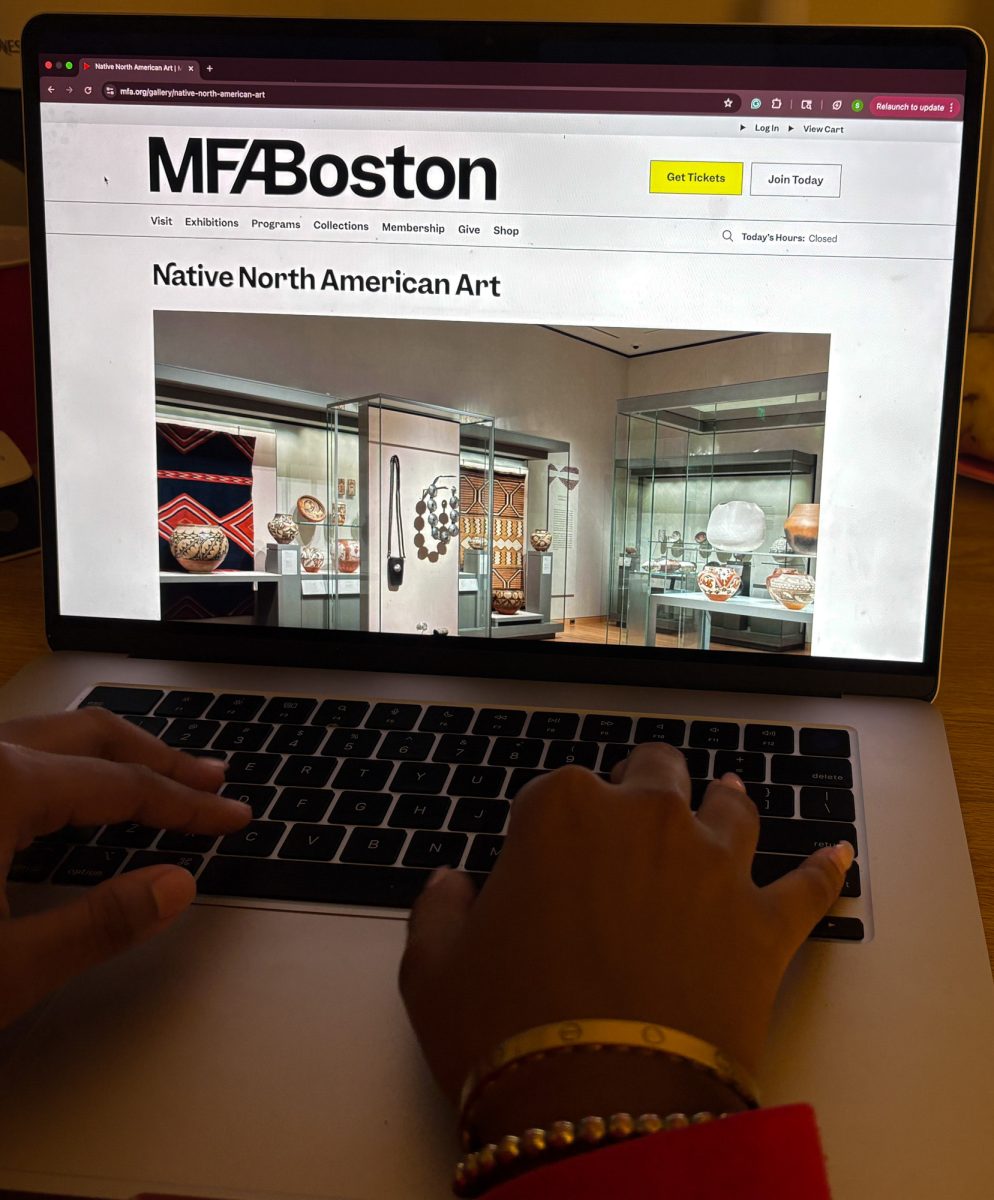Although the U.S. Food and Drug Administration is pushing to require graphic images on cigarette packaging, controversy over First Amendment rights has stirred a number of health and smoking rights advocates.

The FDA asked for a full-court review of a U.S. Court of Appeals decision ruling that the FDA’s motion to enforce all cigarette companies to display images, such as diseased lungs and corpses, on packaging violated the First Amendment.
In 2011, the FDA released the nine graphic health warnings that cigarette companies were required to put on the back of every cigarette pack.
But in August the court decided that the FDA’s proposed rule violated the First Amendment and was not put into affect, as intended, in September.
Leonard Glantz, a professor of health law at Boston University, said cigarette companies were concerned that the government was attempting to persuade consumers.
“What they [the cigarette companies] are complaining about are the pictures, and that the pictures are designed to persuade as opposed to being designed to inform,” he said.
The warning labels proposed by the FDA would cover 50 percent of the front and back of cigarette packs, as well as 20 percent of all cigarette ads.
Glantz said he believed these cigarette labels would be unconstitutional.
“The government can persuade people, they just can’t make individuals do it on the government’s behalf,” he said.
But Micah Berman, director of the Center for Public Health & Tobacco Policy, said the court had made the wrong decision in prohibiting the FDA from attaching the labels to cigarette packs.
“The courts have been clear for a very long time that as long as the warnings that are being proposed are factual, then in general, warnings can be used to alert consumers to the dangers of a product,” he said.
Berman said previous case law has sided with the notion that these labels should be allowed.
“There’s a Sixth Circuit case which was about exactly the same law, where the Sixth Circuit Court of Appeal said essentially the opposite,” he said. “Its analysis was in conflict with what the D.C. court said, so that’s a major reason why the government’s appealing this case.”
In the same ruling, the U.S. Court of Appeals also said the government failed to present data showing that the warnings would cut smoking rates.
But Berman said the labels would cut smoking rates, and that this has been witnessed around the world.
“There is a lot of experience with this in other countries,” Berman said. “And in other countries where this has been used, smoking rates have gone down.”
Stephen Helfer, a smoker’s rights advocate, said he sided with the cigarette companies.
“It absolutely violated the First Amendment,” he said. “The government, in this particular case, is compelling cigarette companies to cover probably most of their package with a government message.”
Will O’Brien, a chef that works at BU, said the labels probably would not affect his smoking habits.
“I wouldn’t want to smoke if I saw those images,” he said. “I mean, it depends. I guess if it was before I got addicted to cigarettes, I wouldn’t have started, but now that I’m addicted and can’t stop, I really don’t mind.”
But O’Brien said the labels would persuade non-smokers not to begin the habit.
Bethany Vanora, a sophomore at Emerson College who has one or two cigarettes a day, said the labels would be effective.
“If you see the image, it might trigger you to do more things to stop,” she said. “I think the images are a really good start.”
Glentz said it was necessary that the government be able to prove that the images would have a substantial affect.
Haejin Hwang, a sophomore in Sargent College of Health and Rehabilitation Sciences who also smokes, said the labels would not stop his smoking habits.
“It wouldn’t make a big difference,” he said. “Maybe a higher price would make a bigger difference. I think the cost would influence more than just graphics.”


















































































































